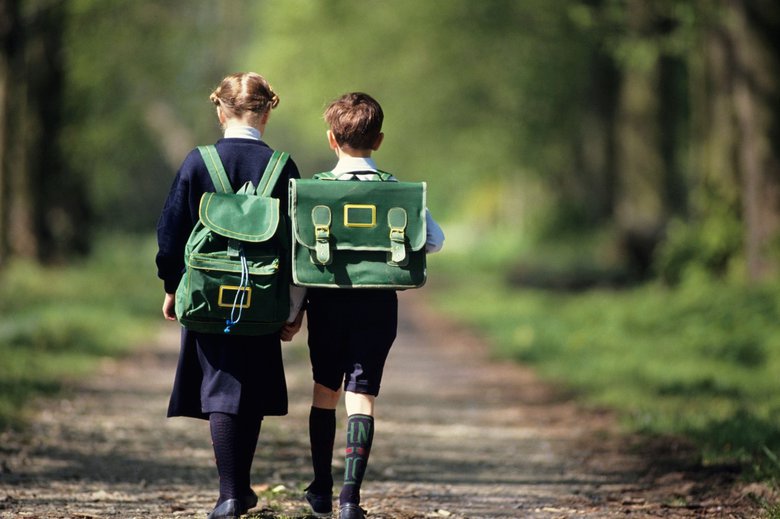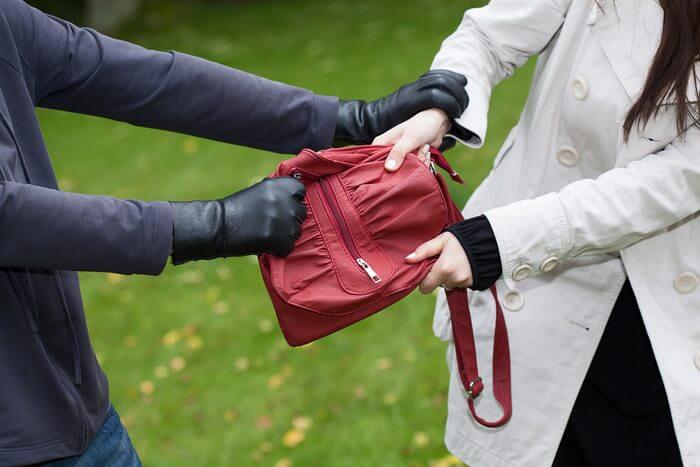We all want to feel safe no matter where we are. We want to know that we can head out of the house and go about our daily lives before returning safely back home in the evening.
Personal safety is particularly important for children or young teenagers who walk to and from school each day. If you have a kid, it can be nerve-wracking and scary letting them go out alone and head to school.
There is no legal minimum age that children need to reach before they are allowed to walk to school alone. It’s up to you as a parent to decide when your child is ready. You want to encourage your child to be as independent as possible. After all, they’re growing up and they will eventually need to fend for themselves!
So, how can you find a nice balance between offering your child or children the opportunity to gain some independence whilst also keeping them safe?
Here are seven top tips on how your children can walk to and from school safely. You can educate your child these key methods and techniques so that they know what to do when they’re walking alone or with a small group of friends.
1) Carry a Personal Safety Alarm
There are very few things that can keep your child safer than a personal safety alarm. This is particularly important if your child is walking to school alone, which is not recommended, but is sometimes unavoidable.
Personal safety alarms are small electronic devices that your child can wear around their neck or place in their school bags. If they feel like they are in danger, they can activate the alarm within seconds. When activated, emit a loud 130dB noise and flashing strobe - alerting people in the area to a potential danger.
Attack alarms are one of the most cost-effective ways to keep your child safe if they are walking alone or in a small group. They are simple to use so your child can easily activate their alarm if necessary.
You can buy an Ashley safety alarm here
2) Stay Alert at All Times
One of the most important things for every child when walking to and from school is staying alert. Your child needs to be looking and listening to what’s going on around them at all times. This way, they can spot danger from afar and quickly take action by crossing the road or turning back around.
There is a common phrase that is often used, and that is ‘stop, look, and listen’. This is easy to learn but it’s extremely helpful. Make sure to repeat this phrase to your child before they leave the house each morning to keep it fresh in their minds. You want it to be ingrained in their brains as quickly as possible!
3) Don’t Walk with Headphones and Smartphones
Although your child might want to listen to their favourite music on the way to school, it’s best if they leave the headphones at home.
Walking with music removes their ability to hear what’s going on around them. They won’t be able to listen out for the rustling of following footsteps or the sound of an oncoming car.
Music can also be a distraction when your child is trying to cross the road, and this is also an issue when they are walking with a mobile phone.
Whether they’re changing their music to the next song, playing on a new app, or texting their friends, mobile phones are a huge cause of distraction. If they’re staring down at the device in their hands, they aren’t being vigilant and may be completely unaware of their surroundings.
To avoid any incidents, it’s best for your child to walk headphone-free and phone-free!
4) Always Take the Familiar Route
Your child can easily get lost if they take an unfamiliar route to school. The best-case scenario is that they will be late for school. However, the worst-case scenario is unthinkable for most parents.
Getting lost in an unknown area can put your child in a vulnerable position and somebody may take advantage of this.
To get your child safely to school, walk with them along the route a couple of times. If you live a fair distance away from the school, you might need to walk the journey with them a few more times. When they are confident that they have memorised the route, allow them to walk the route with their friends.
This is important to ensure that the school route is familiar to them before they go it alone. When you’re defining the route, pick one that is pedestrian-friendly.
Try to find distinct signs or intersections that they can keep in mind as they walk. If they can easily recognise certain aspects of the route, they are more likely to stay on the right track.
This goes without saying for most, but the route should be free of hazards. Avoid any major road works, construction sites, empty or desolated car parks and instead, find a hazard-free route that is open and safe.

5) Walk with Friends
There is safety in numbers! Walking with friends is much more secure than walking alone.
If there are other students who live nearby, encourage your child to walk with them to school. You can always walk them to a specified meeting place so that all of the school children can meet at one location before heading to school.
Ask them to stay on the pavement at all times whilst walking with their friends or on their own. If possible, they should always walk to the very left of the path so they are far away from the edge of the road.
6) Wear Reflective Clothing or Accessories
Reflective clothing makes your child more visible. Oncoming traffic will be able to spot them from afar and locals that live within the area will be able to see them and offer help if necessary. It’s particularly helpful during winter when the nights are long and the mornings are dark.
You can get full high visibility (high vis) jackets or small reflective stickers that can be added to their clothing, shoes, or school bag. They might not be the most fashionable, but safety is the priority - especially in the dark evenings of winter.
Speaking of shoes, make sure that their shoes are comfortable. You don’t want them to end up with blisters from walking in uncomfortable shoes that don’t fit their feet properly.
7) Cross the Road at Safe Places
Make sure to reiterate to your child that they should only cross the road at safe places, such as zebra crossings or pelican crossings. There might be a gap in between cars on the roads, but it’s important that they don’t try to slip across the road in the middle of oncoming traffic.
Ask them to look both ways every time they cross the road on their journey. Teach them to look left, right, left again. They should never assume that there is no traffic, even when they are using a zebra or pelican crossing. Drivers don’t always see children waiting at the side of the road and they don’t always choose to stop at crossings.
If they have unavoidable dual carriageways or other busy roads on their journey, remind them that if one driver stops their car on one side of the road, it doesn’t always mean that the driver on the other side will stop.
All of this applies in school zones too. Just because the speed limit is below 30 and there are signs indicating that a school is nearby, it doesn’t mean the risk of a road traffic accident is zero.
A great tip to teach your children for any time that they are crossing the road is to make contact with the driver before they step onto the road. This ensures that your child is aware of the car and vice versa, and this is where keeping their phones at home comes into play too! When their eyes are up, they are able to make vital eye contact with drivers on the roads.
Final Thoughts
As a parent or guardian, safety is always first when it comes to your child, and their walk to school is no exception.
Teaching your child how to safely walk to and from school is extremely important. The world is a scary place and there are a lot of potential dangers, even if the walk is only short.
Take the time to go through the above steps and make sure that your child is confident in walking by themselves before you allow them to complete the journey without you.
It’s also important that you feel confident too! If you don’t think your child is ready, even if they say they are, then continue walking with them until you’re comfortable allowing them to do the journey by themselves or with their friends.
















Leave a comment
This site is protected by hCaptcha and the hCaptcha Privacy Policy and Terms of Service apply.